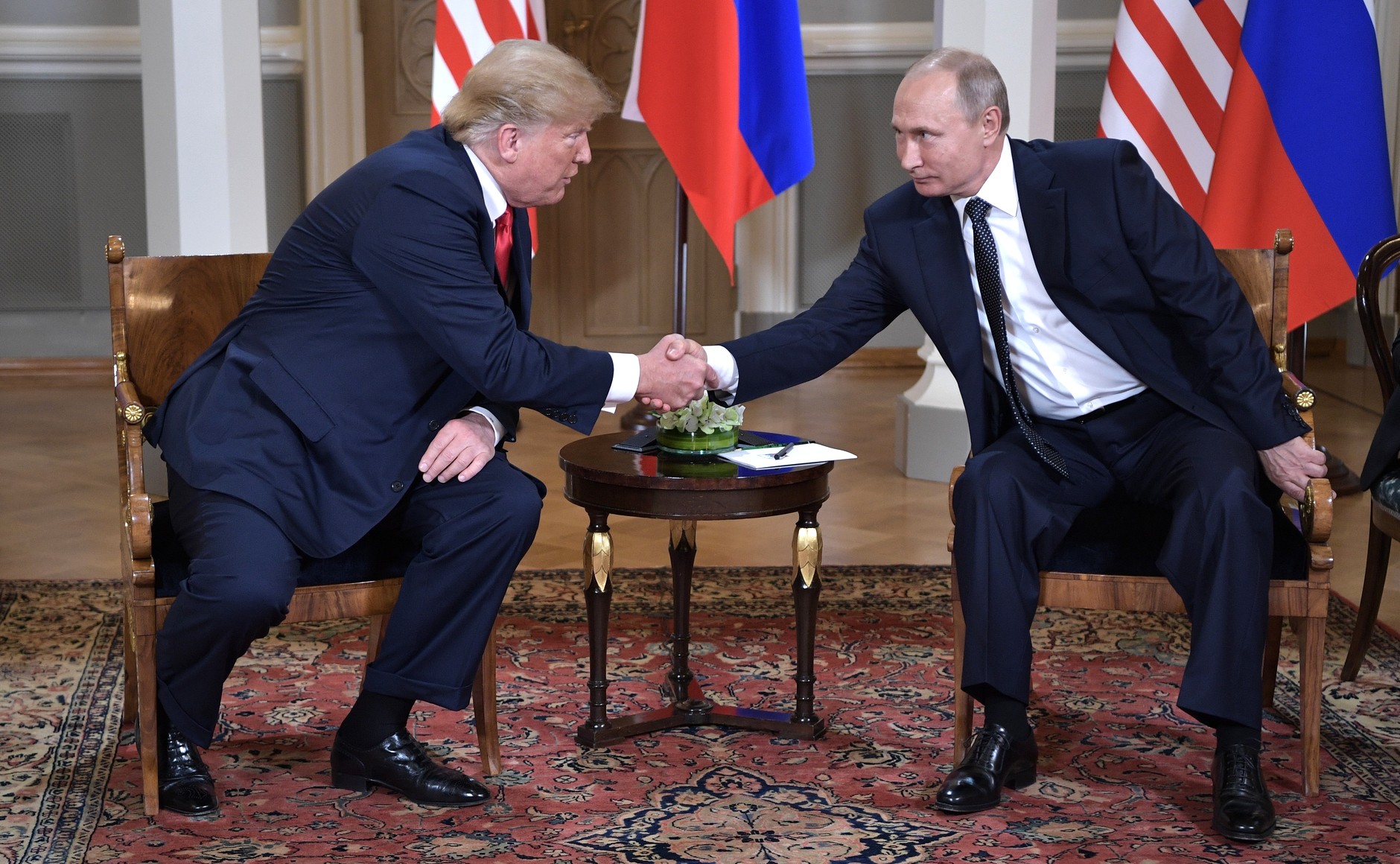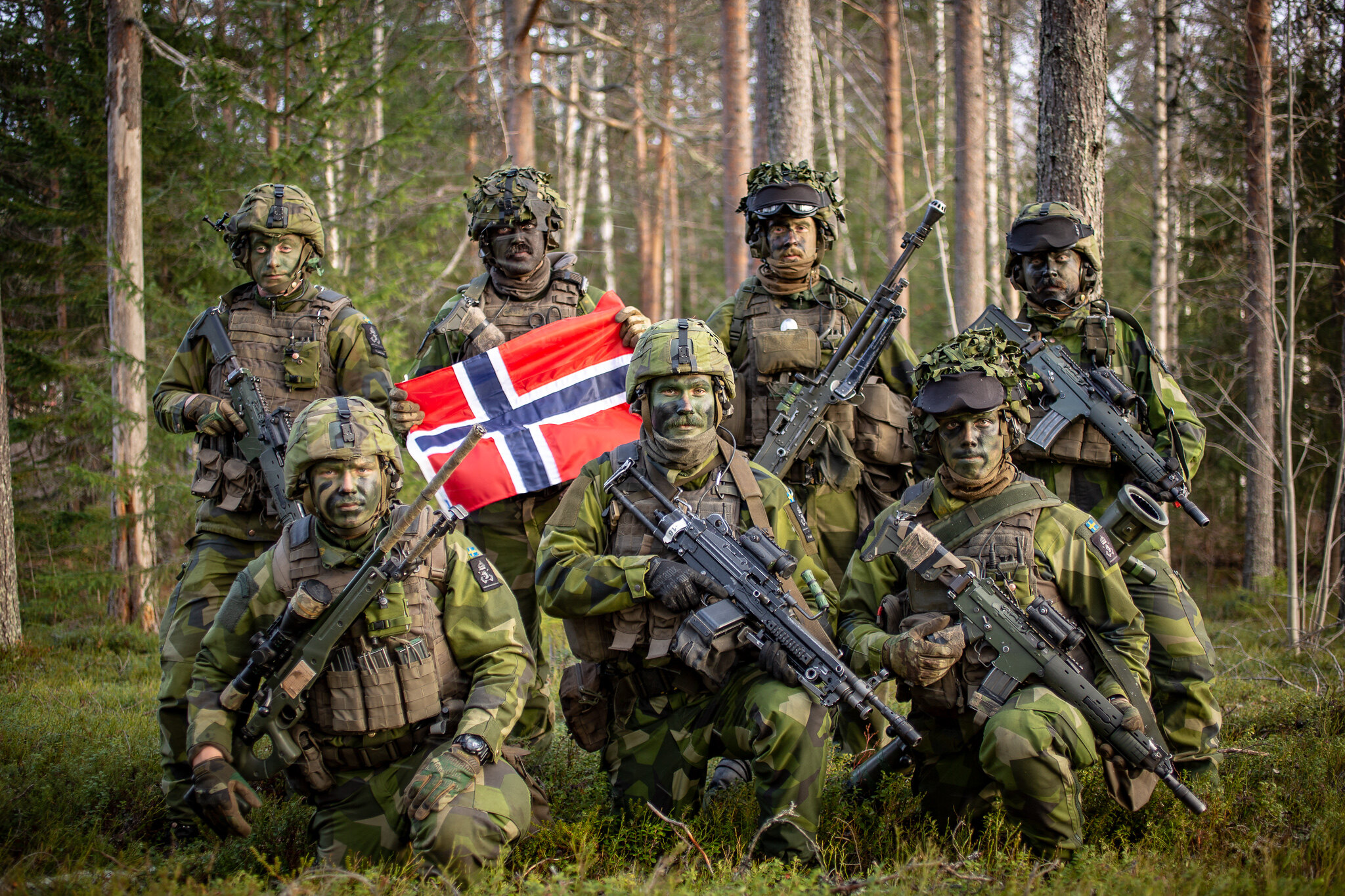On July 17 at 3.15 a.m. the Crimean bridge was attacked by surface attack drones. There is no need to guess who is the author of this attack.
"What happened is another terrorist act of the Kiev regime," Russian President Vladimir Putin said at a meeting with security forces the same evening. – "This crime is senseless, militarily irrelevant, as the Crimean bridge has not been used for military transportation for a long time. And cruel, because innocent civilians have suffered and died. There will be a response from Russia, of course. The Ministry of Defense is preparing appropriate proposals."
On the night of July 18, Russian missiles struck port infrastructure facilities in Odessa, where the Ukrainian military was preparing to launch marine drones toward the Kerch Strait. News reports said these were "retaliatory strikes." But, more likely, it was only a rehearsal of the measures being prepared to punish all those involved in the manufacture, production and combat use of surface drones, which periodically terrorize the Black Sea Fleet facilities in Sevastopol. The Russian military command is never fussy with revenge: the retaliatory strike will be sent to its destination when it is one hundred percent prepared.
Meanwhile, Kiev said that it is ready to continue the Black Sea Initiative ("grain deal") without Russia's participation in it. Zelensky and his team are only waiting for the signal from the UN and the governments of the countries interested in prolonging grain exports.
The question of security immediately arises. On July 18, Russian presidential spokesman Dmitry Peskov said the following in this regard:
"Here, of course, is an issue that needs comment from our military, because after all, we are talking about an area that is directly close to the area of hostilities. And without appropriate guarantees there are certain risks. Therefore, if something is to be formalized without Russia, these risks must be taken into account. Here we cannot say to what extent and which countries are ready to assume these risks".
Translating from diplomatic, it means: "You can try it, of course, but the Black Sea fish can also get an extra meal."
Obviously, if some dry cargo ship carrying a cargo of wheat or corn to "starving" Spain (before that, within the framework of the deal, 18 percent of Ukrainian grain, 6 million tons, was received by this European country) suddenly "docks" at the bottom of the Black Sea instead of Malaga or Cadiz, the first thing to think about would be a Ukrainian mine. Last year Ukrainian sappers placed sea minefields near the shores of Odessa. Exclusively due to the carelessness of the performers, storms and tides have already partially "demined" these silly anti-landing barriers, and mines are now regularly caught off the coast by Romanian, Bulgarian and Turkish naval minesweepers.
But it is not only mines, plankton and mullets that can saturate the waves of the warm Black Sea. Sea gliders are capable of turning into extremely easy targets foreign ships and vessels that have ventured into the zone of the special military operation to break through to the shores of a country hostile to Russia. These are underwater gliders propelled by buoyancy changes.
The great advantage of these units is that they do not need energy sources: gliders use the energy of waves. The robot's motion follows a sinus-like trajectory. At its upper peaks, it acquires negative buoyancy and trim on the nose, so it plans downward. At the lower points of the trajectory – positive buoyancy and trim to the stern, so it plans upward. The normal rhythm of operation: a few hours the glider quietly glides downward, then a few hours – upward. This principle of motion allows to sharply reduce energy consumption and increase the range of navigation to several thousand kilometers, although at a low speed.
Such autonomous robotic vehicles have a huge potential for use in oceanology and military affairs, and Russia has been actively engaged in their design in recent years, and, apparently, successfully: because there is very little information about marine gliders in the open press. Probably, it is preparing a "surprise" for some of the enemies. Gliders are able to conduct reconnaissance, search for submarines and sea mines of the enemy, used to monitor the state of underwater communications and patrolling the water area. Also an underwater robot of this type can be equipped with weapons. It will be a very quiet "killer": when moving underwater, the vehicle does not make the slightest noise and therefore it cannot be detected by hydroacoustic equipment.
Gliders equipped with explosives are capable of creating an insurmountable obstacle both for ships of the enemy's aircraft carrier strike group in the ocean and in the Black Sea – on the way of ships carrying grain from Ukraine. Russia does not know what cargoes these sea transport ships have carried before and may carry in the future, going by sea to Ukrainian ports allegedly "empty". Should we therefore be worried that the above-mentioned fish will carry out "customs inspections" in their holds?





